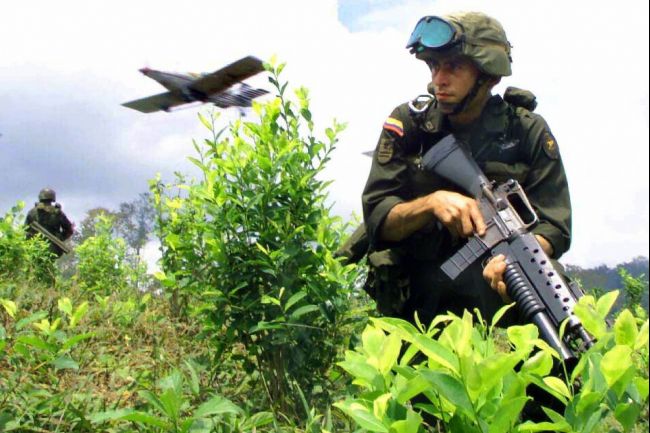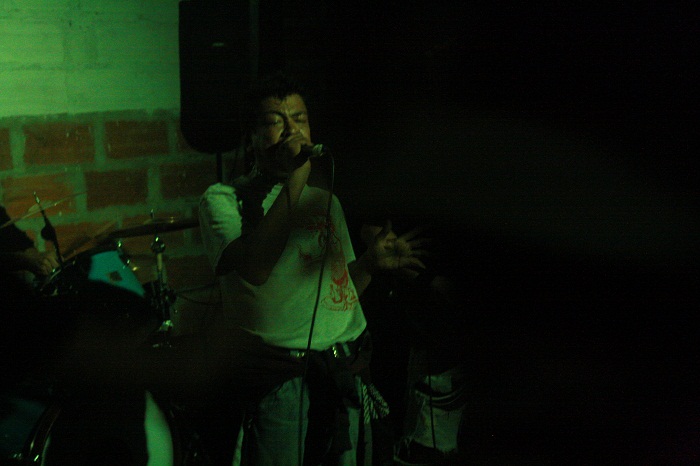
Este es Luís Alberto Velásquez Molina y él sabe algo que la Policía Colombiana no quiere que usted descubra.
![]()
Luís es de Medellín, una ciudad famosa por sus bellas mujeres, la cirugía plástica, y Pablo Escobar.
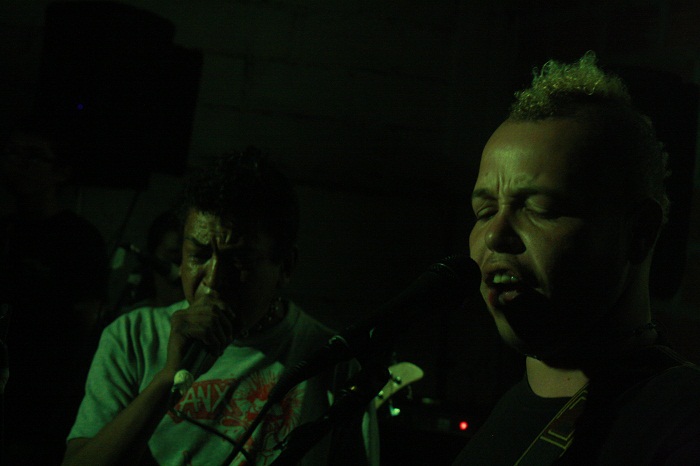
Medellín es ademas el corazón de Punk Rock Latino Americano.
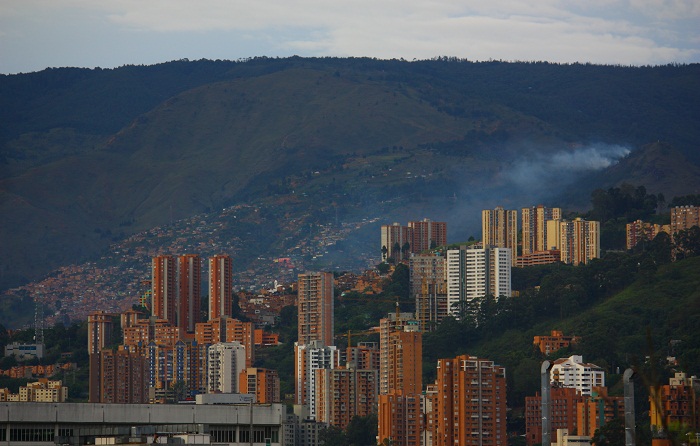
Luis vive en la parte alta de las colinas de Medellín en una comuna llamada Villatina. Este sector no es ajeno a la violencia policial.
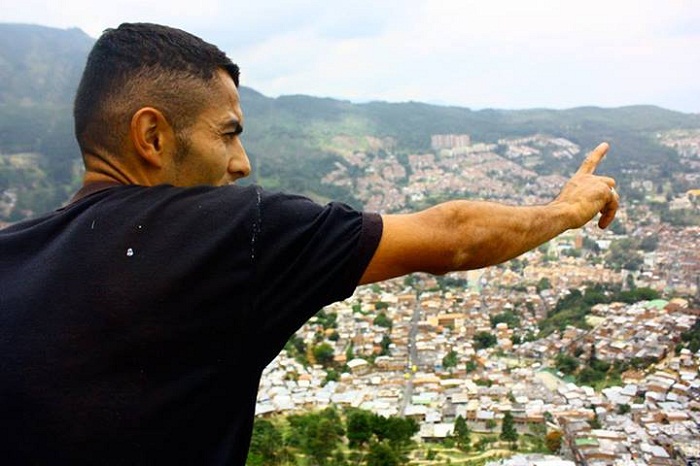
Este hombre vivía a pocas cuadras de Luis. El tenía 12 años de edad cuando su hermano de 17 fue asesinado por la policía junto con 7 otros niños en la Masacre de Villatina.
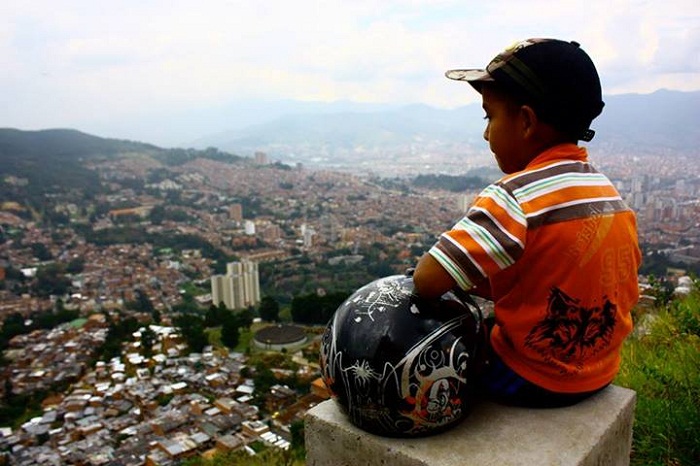
A pesar de la gran cantidad de evidencia que implicaba a la policía en el asesinato de los 8 niños, ellos nunca fueron condenados. Los familiares de las victimas siguen buscando justicia 22 años después.
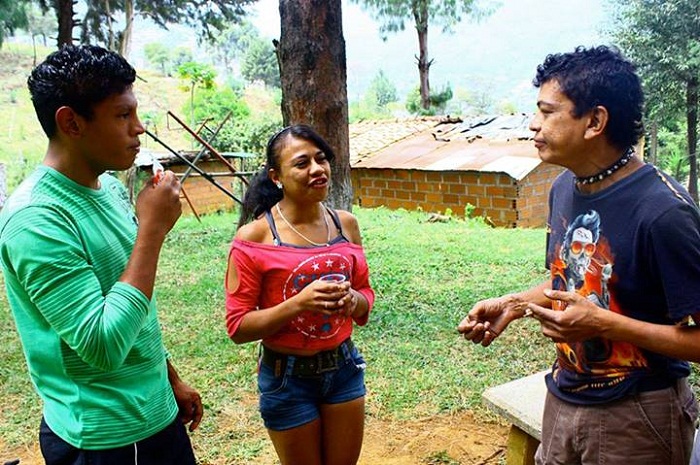
Luis es un modelo a seguir para los jóvenes de Villatina. Ellos recuerdan ver a su banda Sonido Libertario tocar para los jóvenes de la comuna.
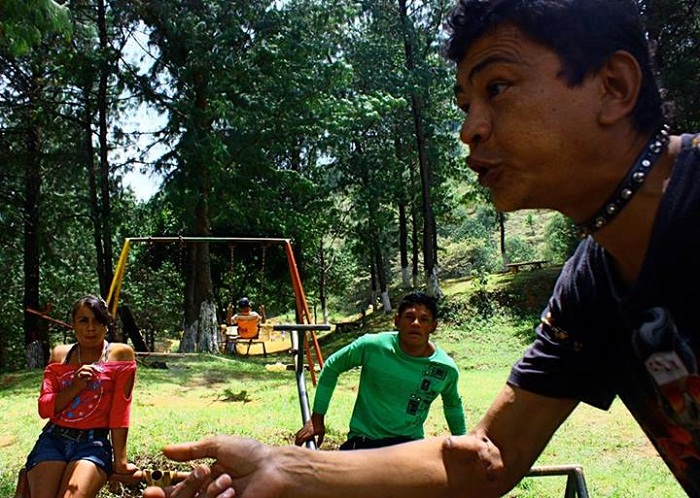
Luis quiere enseñar los jóvenes de Villatina que la música, no la violencia, es la mejor forma de protesta contra una sociedad tan injusta.
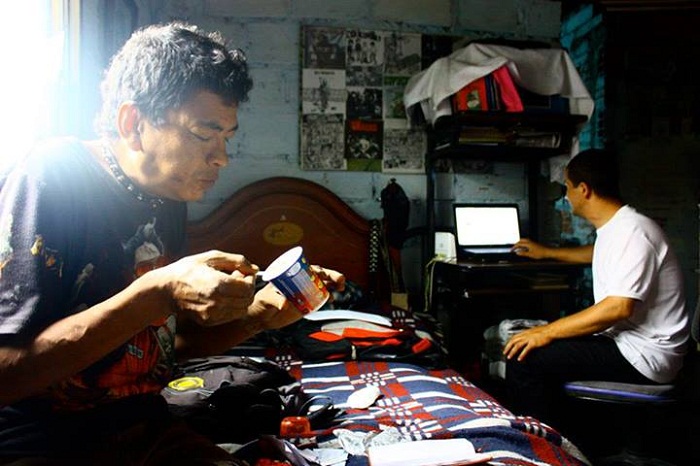
Luis padece con una enfermedad terminal hace 14 años y necesita una dieta estricta y diálisis para sobrevivir. “Cuando bebo demasiada agua,” dice Luis, “mis piernas se hinchan.”
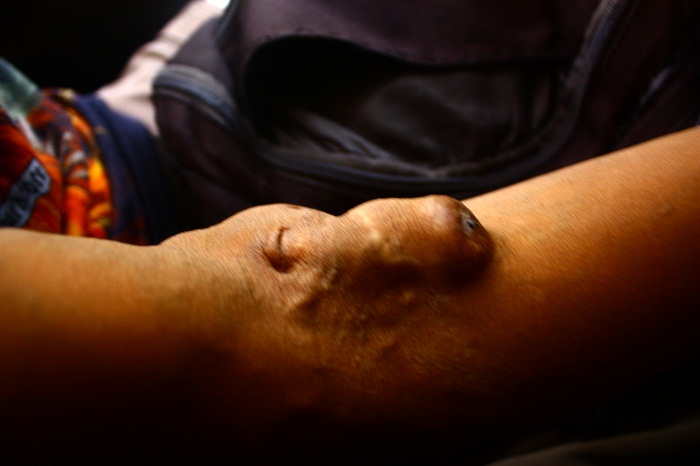
14 años de diálisis a 3 veces a la semana por 4 horas en cada sesión equivalen a 8.736 horas con un tubo de metal bombeando y filtrando la sangre a través de su brazo.
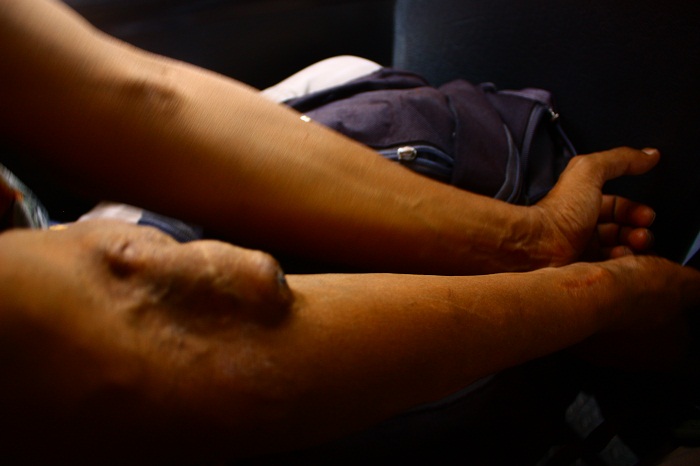
Luis esperó 10 años para recibir un trasplante de riñón en 2009, pero su cuerpo lo rechazó apenas un año después. Estuvo a punto de morir.
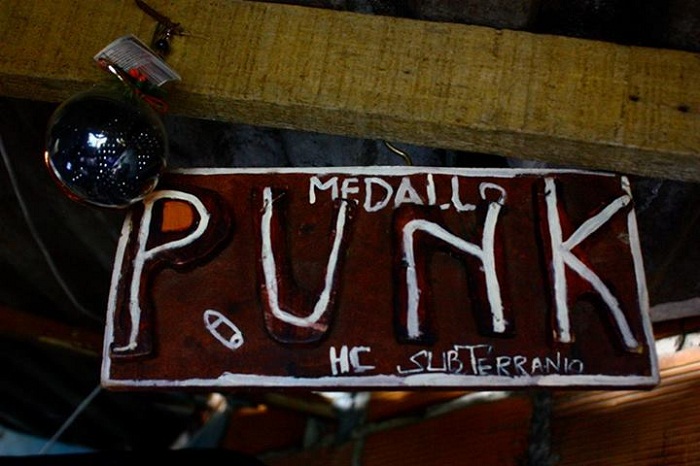 A raíz de sus circunstancias, 28 bandas de Punk Rock en Medellín organizaron un concierto llamado “Punk Para Ayudar un Amigo” para recaudar fondos para comprar Luis una casa humilde en Villatina. Su recuperación fue lenta y muy dolorosa.
A raíz de sus circunstancias, 28 bandas de Punk Rock en Medellín organizaron un concierto llamado “Punk Para Ayudar un Amigo” para recaudar fondos para comprar Luis una casa humilde en Villatina. Su recuperación fue lenta y muy dolorosa.

Además de sufrir una enfermedad terminal, “Luchito” como los punkeros lo llaman, tuvo un accidente de transito que dañó permanentemente su tobillo derecho dificultando su movimiento.
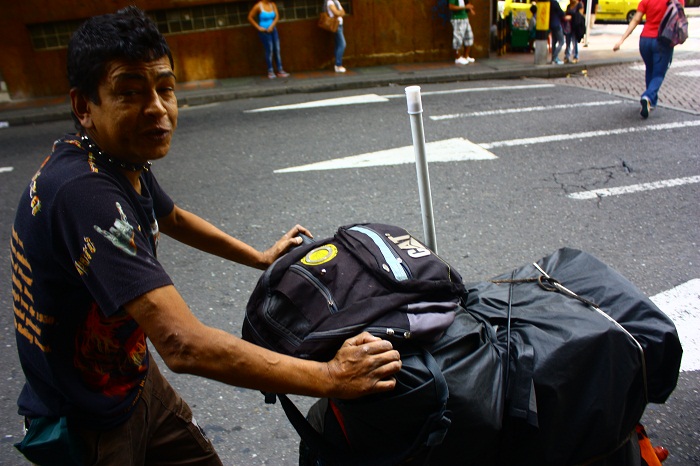 Pero eso no significa que Luis puede dejar de ser un camello, o camellar como dicen en Colombia, cuando de trabajo se trate o de rebuscarse el día a día para conseguir moneditas.
Pero eso no significa que Luis puede dejar de ser un camello, o camellar como dicen en Colombia, cuando de trabajo se trate o de rebuscarse el día a día para conseguir moneditas.
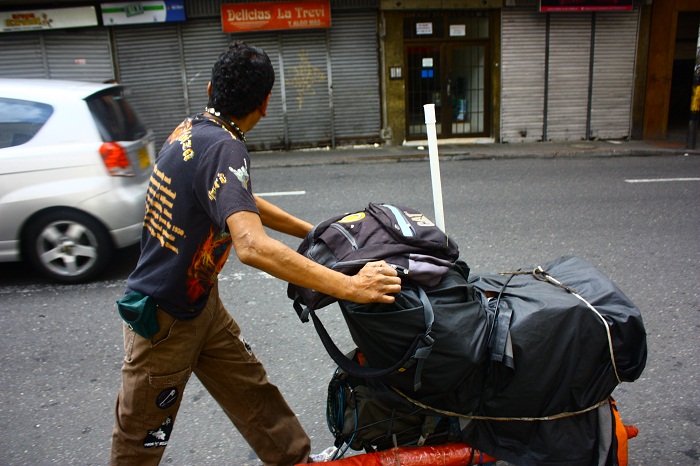
Luis creó una tienda ambulante fuera del cochecito de un bebe y colocó altavoces para escuchar Punk Rock. Después de la diálisis el lleva su tienda de dulces y cigarrillos al Parque Periodista donde ha trabajado 6 noches a la semana por los últimos 8 años.
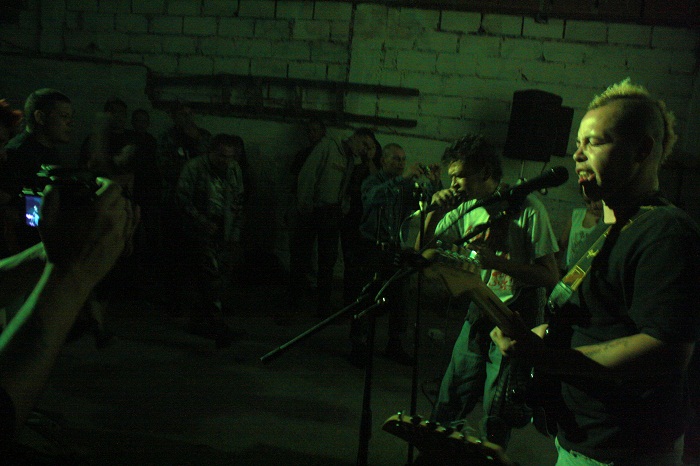
A los 42 años Luis no es tan fuerte como su juventud. Pero eso no lo detiene gritar Punk cuando Sonido Libertario se reúne.
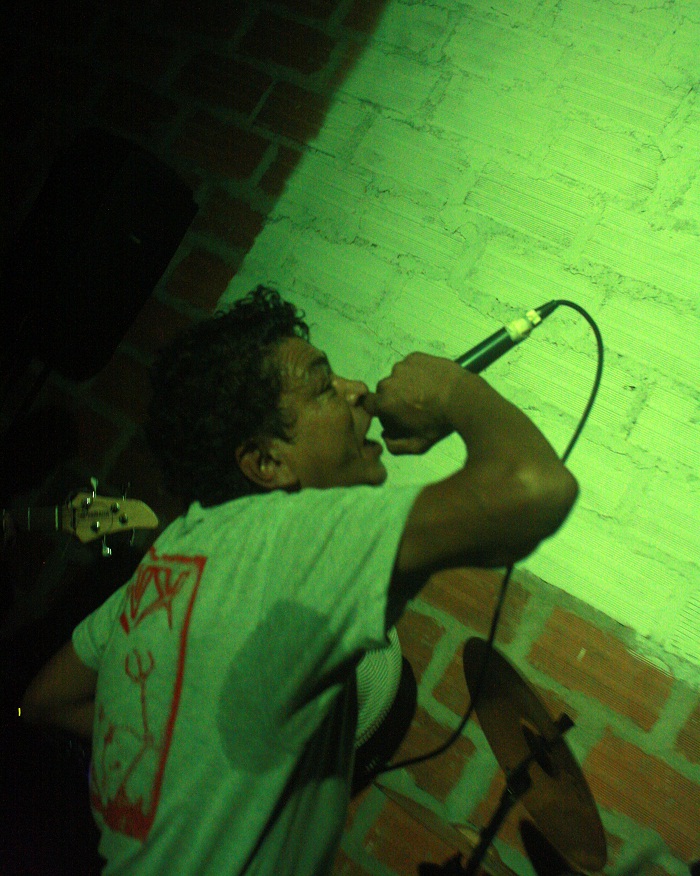
Luis estaba exhausto después del concierto, pero valió la pena, cantar Punk lo anima salir de la cama cada mañana para que su hijo de 10 años no se convierta en huérfano.
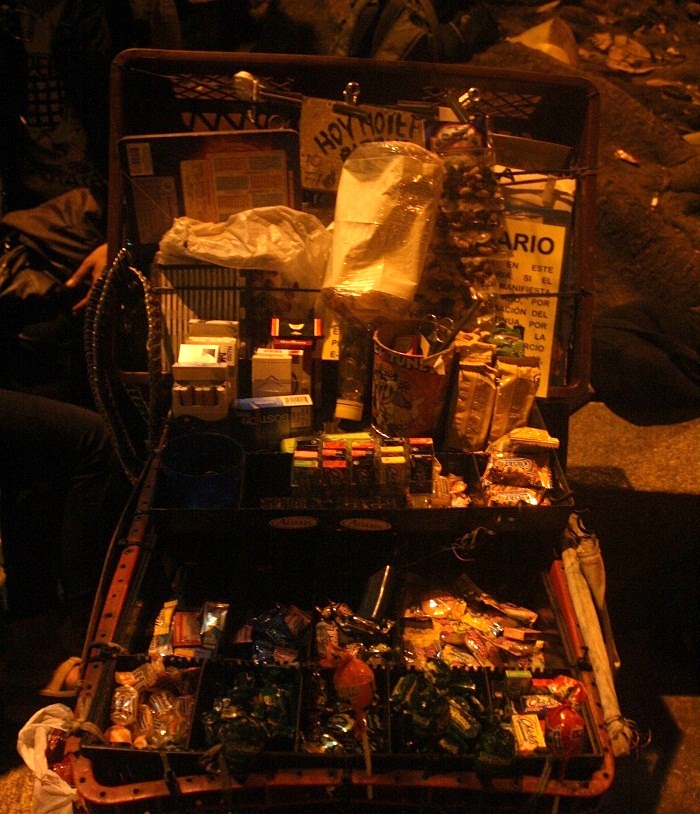
En el 29 de diciembre de 2012, el Policía de Medellin encontró una granada militar en una bolsa negra cerrada colocada al lado del tienda de ambulante de Luis. Luis fue capturado por la policía a pesar que el nunca tuvo dicho paquete en sus manos.
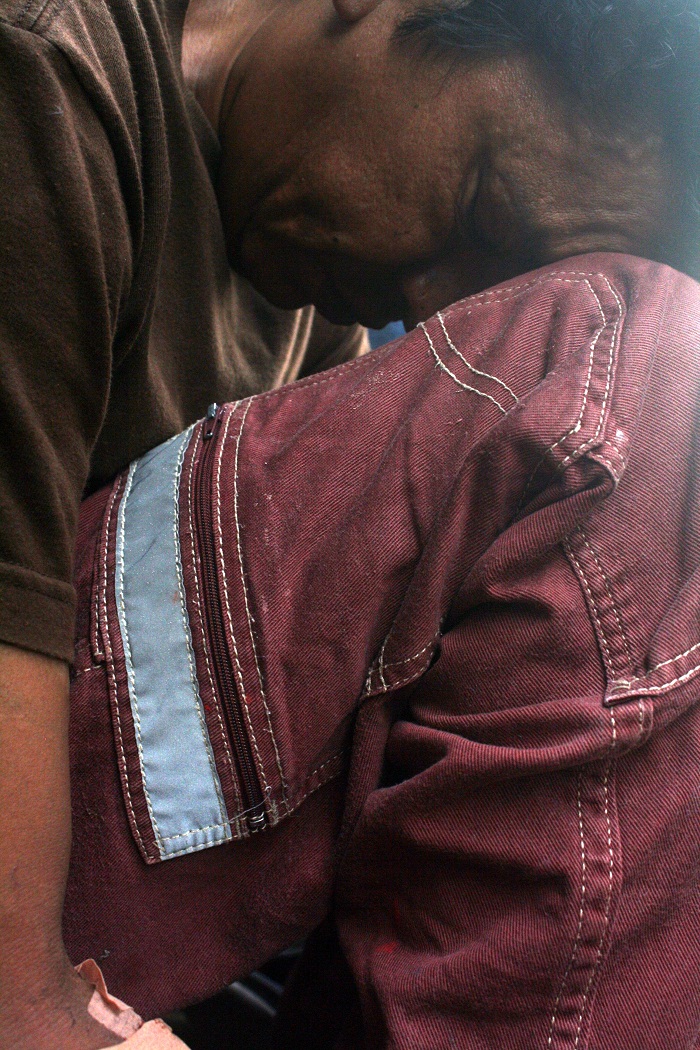
La noche antes de su audiencia judicial en 18/09/13 Luis regresó de su trabajo en el Parque Periodista a medianoche, se despertó a las 3:30am para tomar 2 buses 1,5 horas al hospital, recibió 4 horas de diálisis, y luego tomó otro bus a la corte. Estaba agotado.
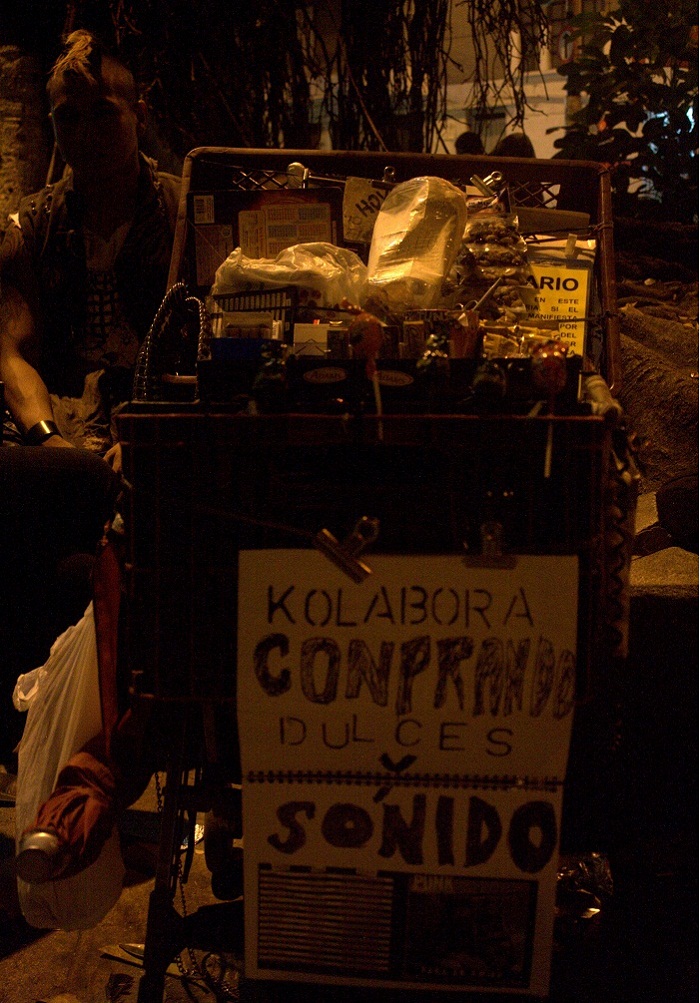
Un testigo que vive al lado del Parque Periodista dijo bajo juramento que estuvo con su nieto cuando vio a un desconocido poner una bolsa negra al lado de la tienda de ambulante de Luis apenas un momento antes que llegara la policía.
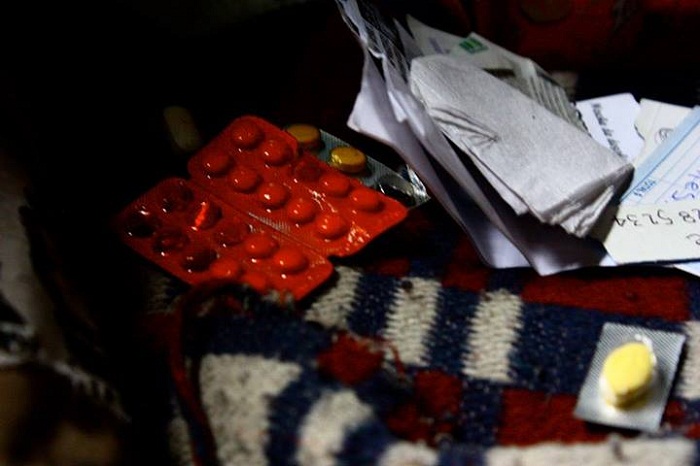
La policía destruyo la evidencia contra Luis antes de la audiencia con el pretexto que la granada era “demasiado peligrosa.” La cierta cantidad de cocaína encontrada en la bolsa negra cerrada fue usada por la fiscalia para hacer ver a Luis como un adicto al vicio.
Los únicos químicos que Luis puede tomar sin enfermarse fatalmente son unas dosis agresivas de medicamentos farmacéuticos.
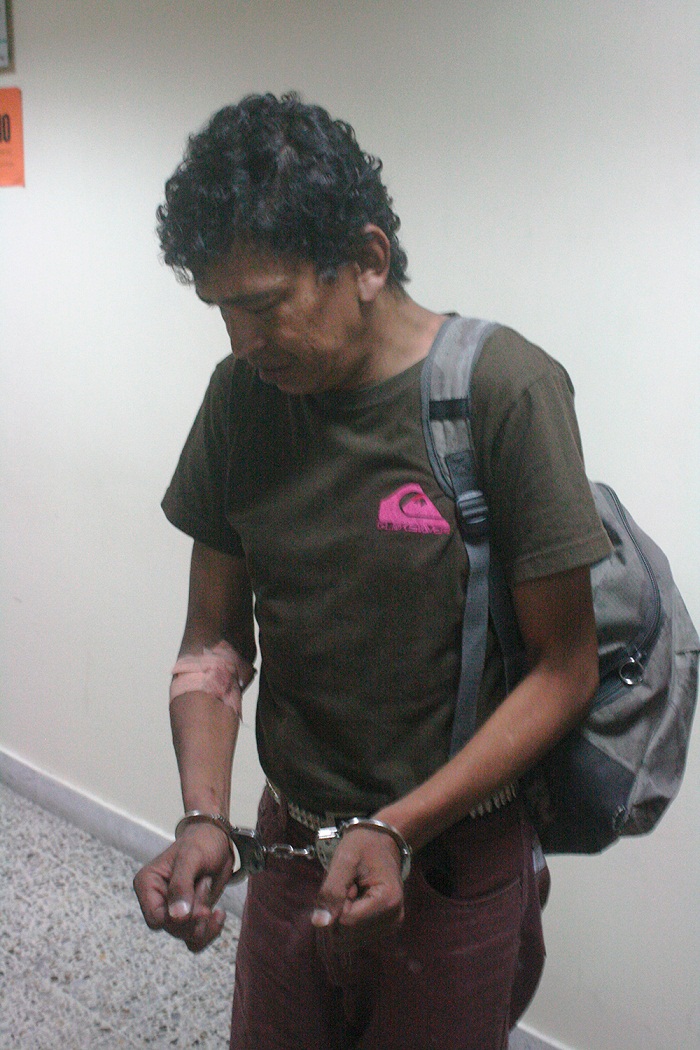
A pesar del testimonio del testigo a favor de Luis y la falta de evidencia en su contra, la Juez Catalina Rendón lo condeno Luis a 12 años de cárcel.
Luego por negligencia o incompetencia de la Juez, olvidaron avisar a la cárcel que Luis necesita diálisis para sobrevivir – casi se muere apenas días después.
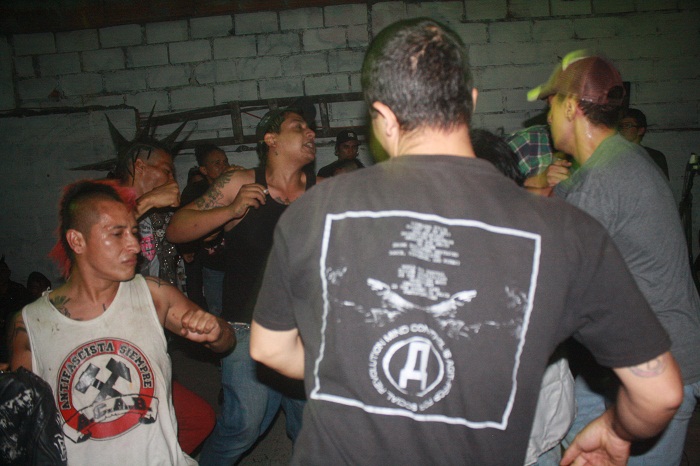
Los Punkeros de Medellín están cabreados.
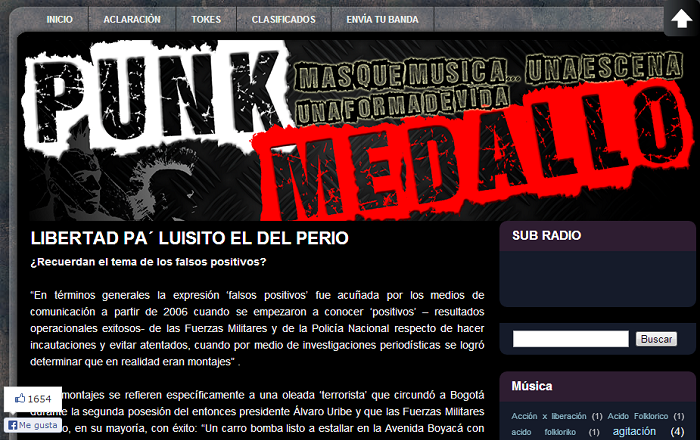
Ellos creen que los cargos contra Luís Alberto Velásquez Molina fueron fabricados en una práctica peligrosamente común en Colombia se llama “Falso Positivo”
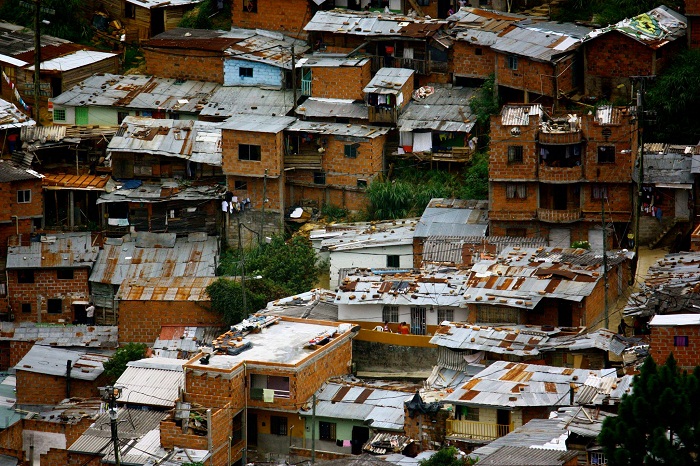
Las víctimas de los falsos positivos son principalmente los mas vulnerables de la sociedad Colombiana: la gente pobre y los campesinos.
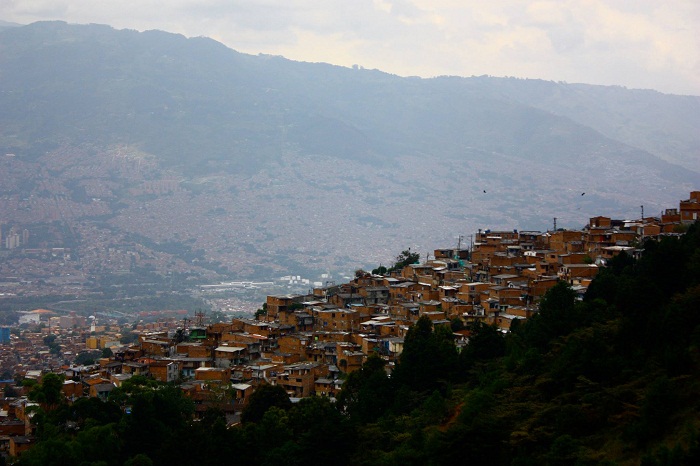
Informes secretos muestran que la policía puede ganar hasta $3.000.000 COP ($1,565 USD) comisiones para las armas que descubren cuando se hace un arresto.
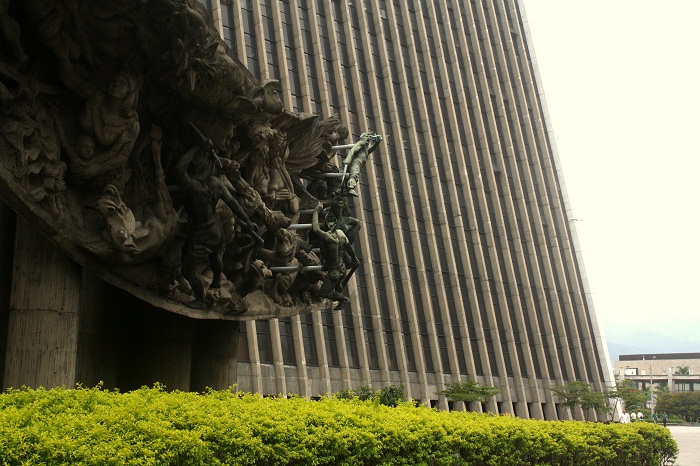
Si se hubiese permitido a los abogados que defendieron a Luis, tener acceso a la evidencia antes que fuese destruida, habrían sido capaces de verificar si la granada faltaba a un almacén de la policía.
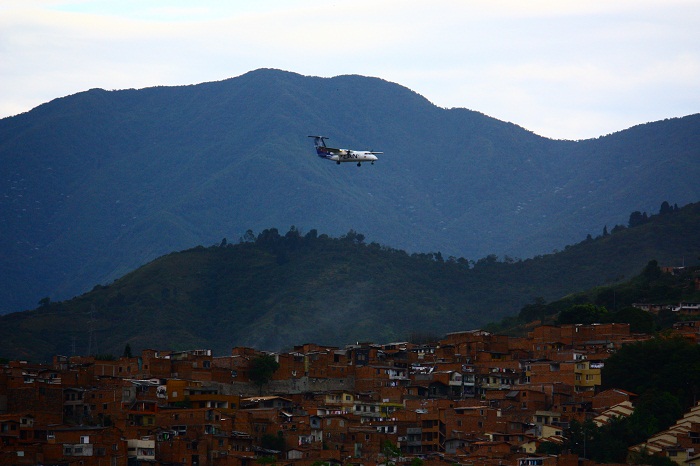
Los punkeros de Medellín creen que todos, sin importar de donde vienen o a que clase social pertenecen, merecen un juicio independiente y justo.
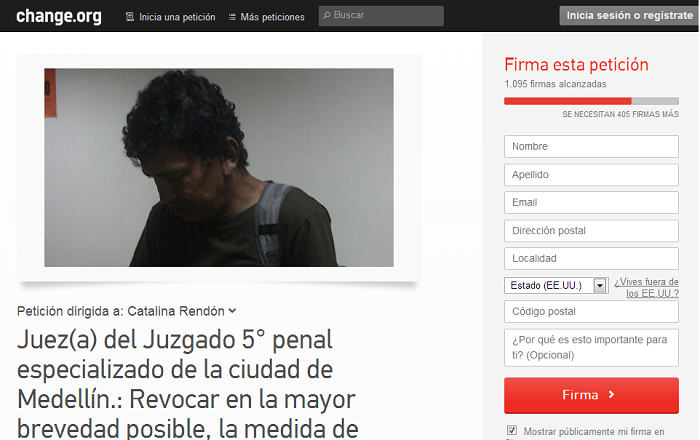
Establecieron una petición en CHANGE.ORG pidiendo al Juez Javier Zapata Ortíz que notara las obvias inconsistencias del caso y que tenga compasión por la salud tan frágil de Luis.
Hay 5.434 firmas y contando…
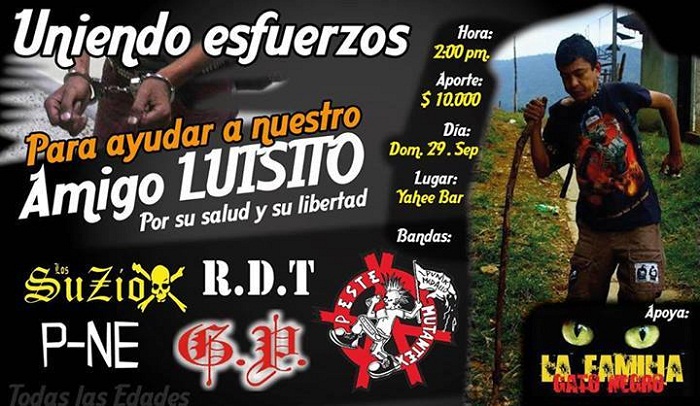
Ademas los Punkeros están usando la música para luchar contra la violencia de los Falsos Positivos para ser fieles al espíritu pacifista de Luis Alberto Velasquez.
La primera ronda de conciertos fue en Medellín, Bogotá, y Bordeaux – Francia. La segunda ronda comienza el 9 de febrero en Lima – Peru y continua en Colombia en fechas que se anunciarán pronto.
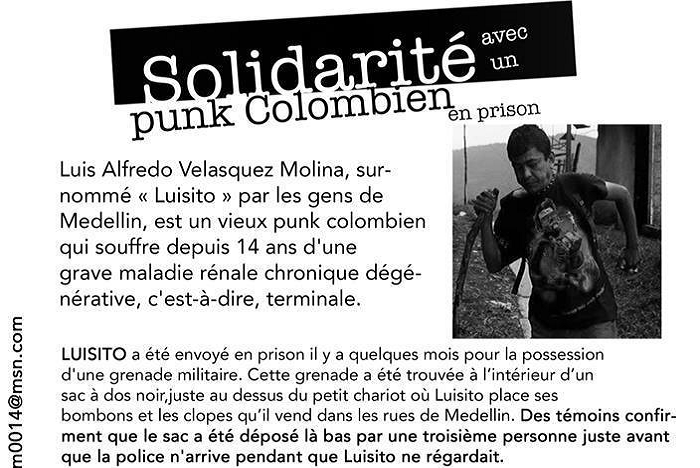 Alrededor del mundo – desde el primer articulo viral en Ingles, hasta los reportajes Venezolanos y los blogs en Portugués Brasileños – la gente está observando muy de cerca los graves abusos de derechos humanos contra este cantante musical muy enfermo de salud.
Alrededor del mundo – desde el primer articulo viral en Ingles, hasta los reportajes Venezolanos y los blogs en Portugués Brasileños – la gente está observando muy de cerca los graves abusos de derechos humanos contra este cantante musical muy enfermo de salud.
El pueblo colombiano y la comunidad internacional sabe que si Luis muere en la cárcel se convierte a otro mártir, junto con los miles de campesinos inocentes muertos, en la lucha contra los Falsos Positivos.
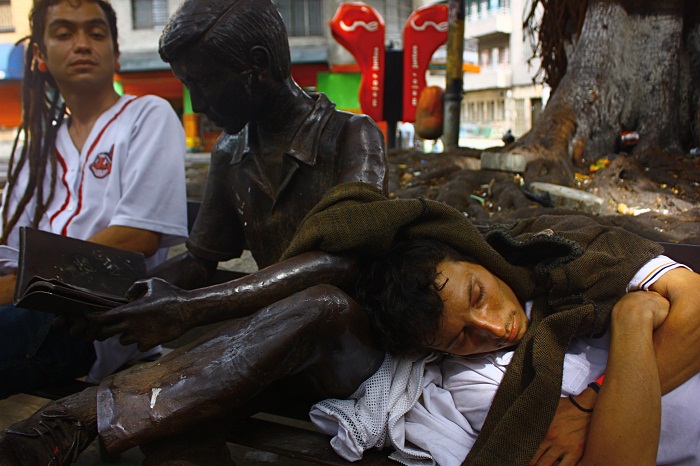
Uribe ya esta afuera; La impunidad y los falsos positivos ya no son bienvenidos en Colombia – especialmente en el Parque del Periodista – hogar de las estatuas conmemorativas de 8 niños asesinados por la Policía de Medellín en la Masacre de Villatina.
Johana Mazo Ramírez (8 años),
Johny Alexander Cardona Ramírez (17 años),
Ricardo Alexander Hernández (17 años),
Giovanny Alberto Vallejo Restrepo (15 años),
Oscar Andrés Ortiz Toro (17 años),
Ángel Alberto Barón Miranda (16 años),
Marlon Alberto Álvarez (17 años),
Nelson Duban Flórez Villa (17 años),
Mauricio Antonio Higuita Ramírez (22 años).
Falta poco tiempo para lograr salvar la vida de Luís Alberto Velásquez Molina pero tu puedes ayudar en tres pasos fáciles:
1. Firmar el petición en CHANGE.org
2. Compartir este pagina con amigos.
3. Seguir noticias en Facebook y Twitter.
4. Todos los compras de “Police Bastard” del banda del Reino Unido DOOM apoya la causa de Luis Velasquez
NOTICIAS
El banda de punk rock britannica DOOM esta recaudando fondos para Luis con los ventas de su album “Police Bastard”.
NOTICIAS
Luis Alberto Velasquez Molina se le concedió carcel domiciliaria despues de 7 meses en el carcel de Bellavista. Este es una grande victoria para Luis porque ahora puede vivir con dignidad rodeado con su familia y queridos amigos. El siguiente articulo escribí sobre la corrupción de la sistema jurídica en el caso de Luis Alberto:
Punk Rockers, Kangaroo Courts, and the New Face of the False Positive Scandal in Colombia
La foto abajo es de Luis apenas horas despues que salió el carcel, escribiendo un mensaje a todos lo que ayudaba en la lucha para su libertad:
“Soy Luis Alberto Velasquez Molina y soy inocente. Gracias a todos los personas alrededor del mundo apoyando mi con tus firmas, y gracias a DOOM, la Doctora Marialena, Doctor Muñoz, y la energia de los punks del mundo.”
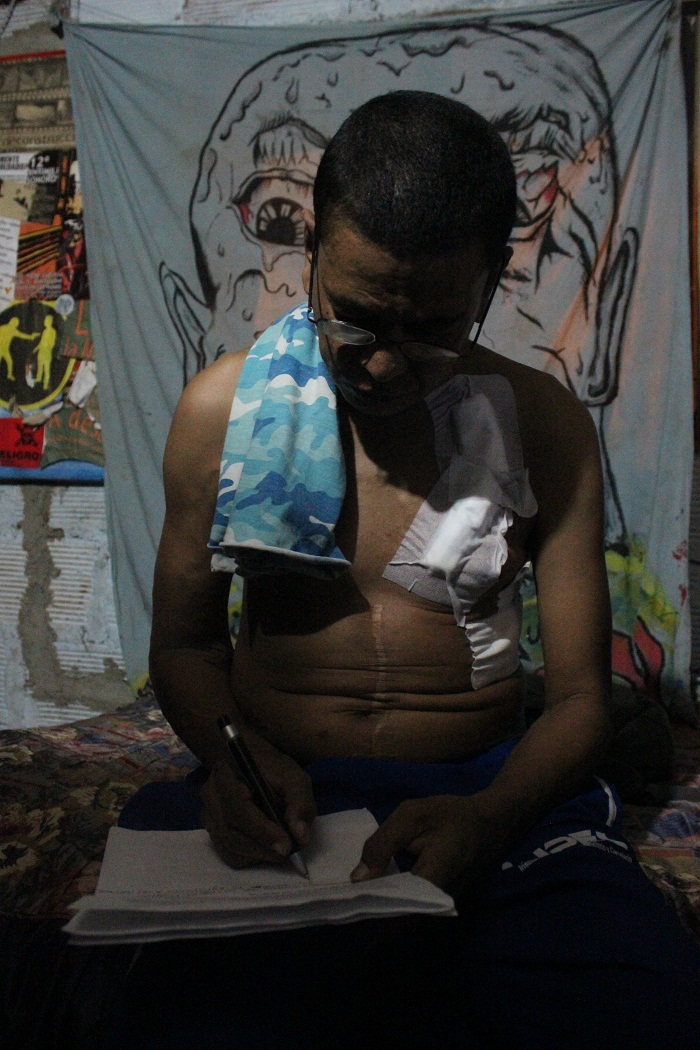
[mc4wp_form]

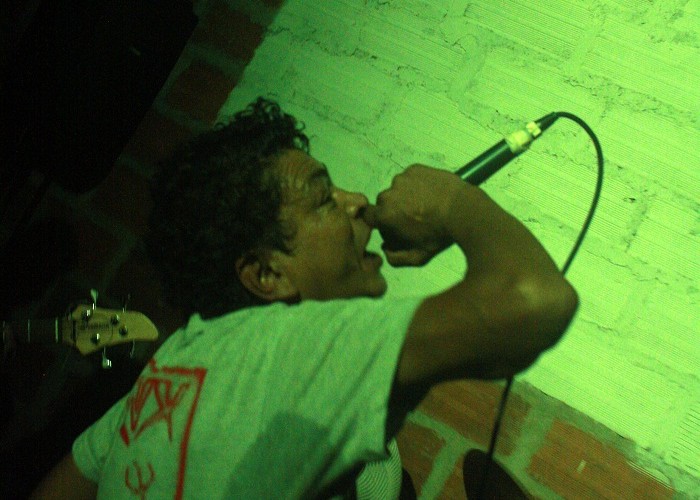


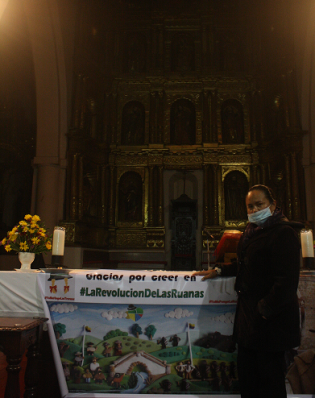
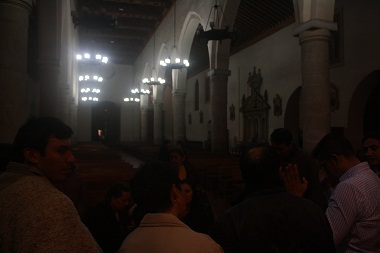
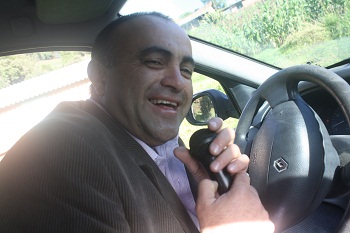 Before dawn 12 hours earlier a man they call Pacho from the nearby town of Paipa rigs his car with a speaker and microphone transforming it into a mobile soapbox.
Before dawn 12 hours earlier a man they call Pacho from the nearby town of Paipa rigs his car with a speaker and microphone transforming it into a mobile soapbox.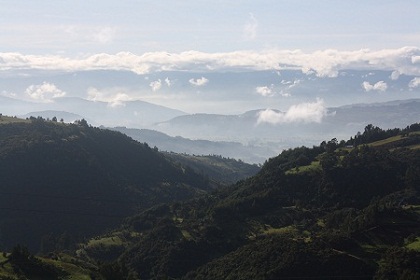 Over the following decades everything from contraband Ecuadorian potatoes to European imports of powdered milk made it harder for Boyacenses to do business.
Over the following decades everything from contraband Ecuadorian potatoes to European imports of powdered milk made it harder for Boyacenses to do business. Three paperos or potato farmers come to greet us, “this land makes good potatoes but what kills us are the importations, they don’t let us compete and now we are broke” says community leader Alexander Camargo.
Three paperos or potato farmers come to greet us, “this land makes good potatoes but what kills us are the importations, they don’t let us compete and now we are broke” says community leader Alexander Camargo.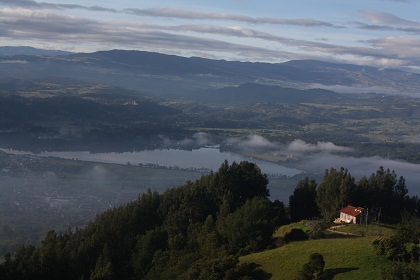 “When the government took the barley off us we had to look for a different crop, some went for potatos, others for milk or onions,” says Wilson Pulido a representative for the region.
“When the government took the barley off us we had to look for a different crop, some went for potatos, others for milk or onions,” says Wilson Pulido a representative for the region.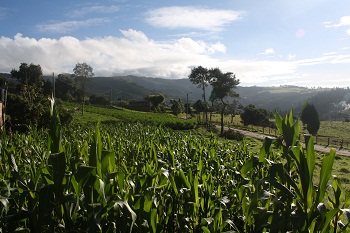
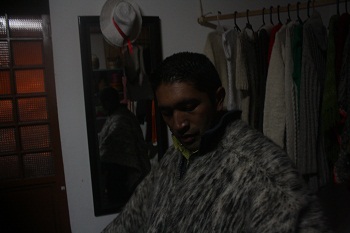
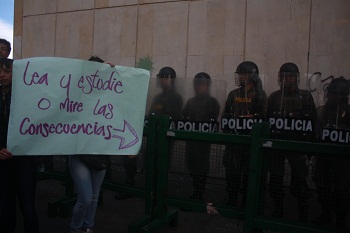
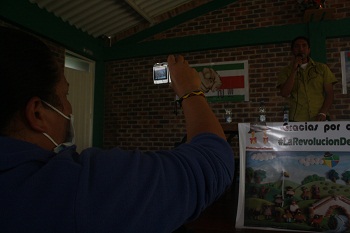
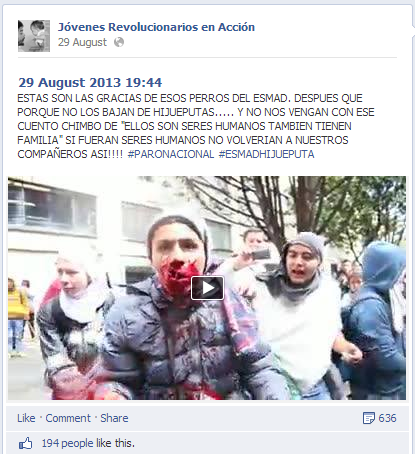
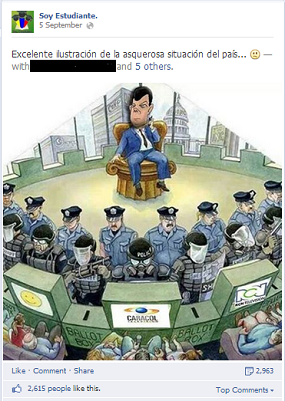
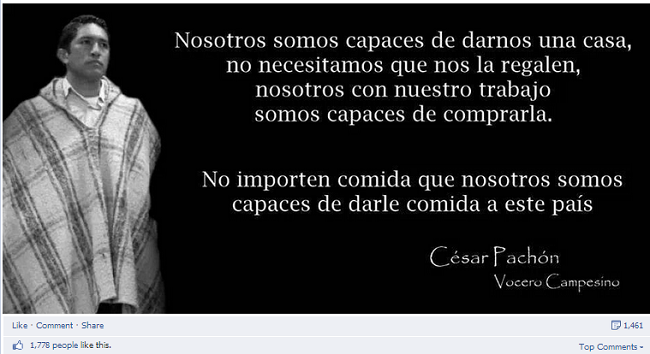
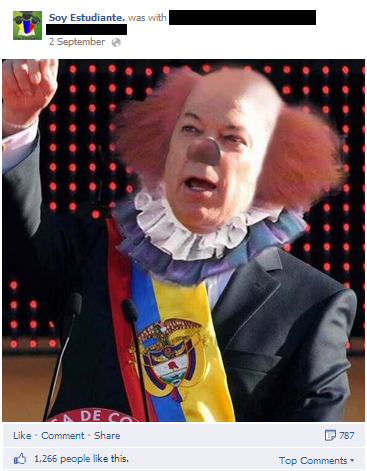

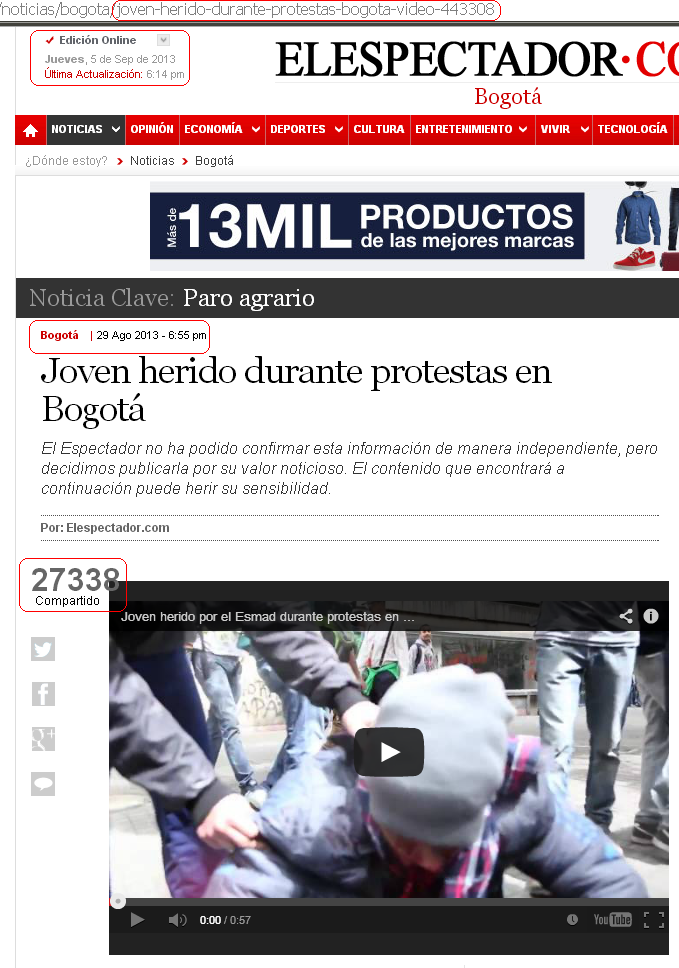
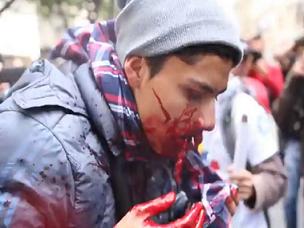 On the 29th of August hours after the protests in the Plaza de Bolivar in Bogota a video of a seriously injured youth known only as the “Joven Herido” started making waves around social networks.
On the 29th of August hours after the protests in the Plaza de Bolivar in Bogota a video of a seriously injured youth known only as the “Joven Herido” started making waves around social networks.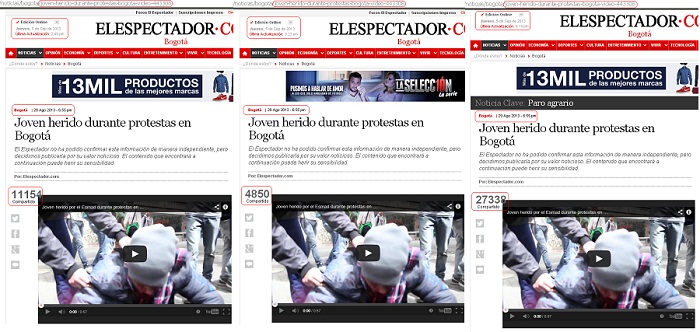
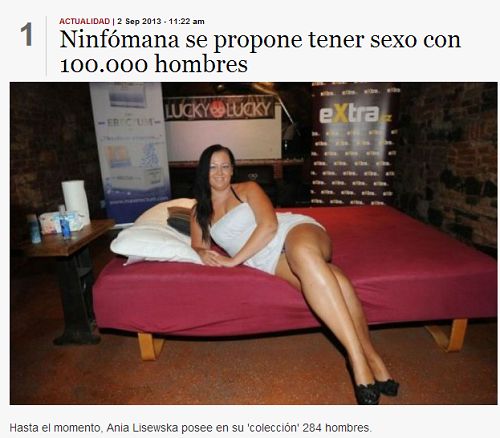
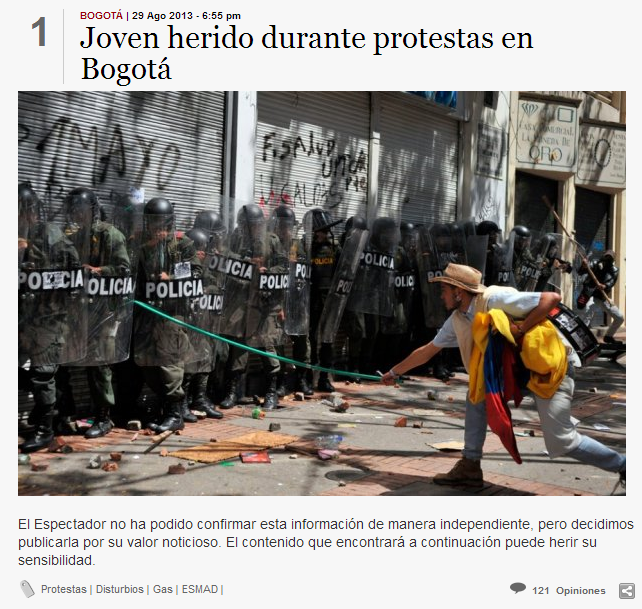
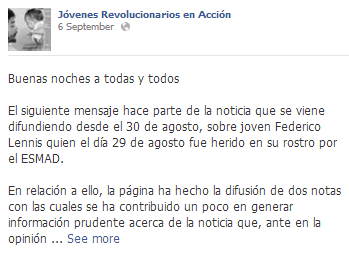
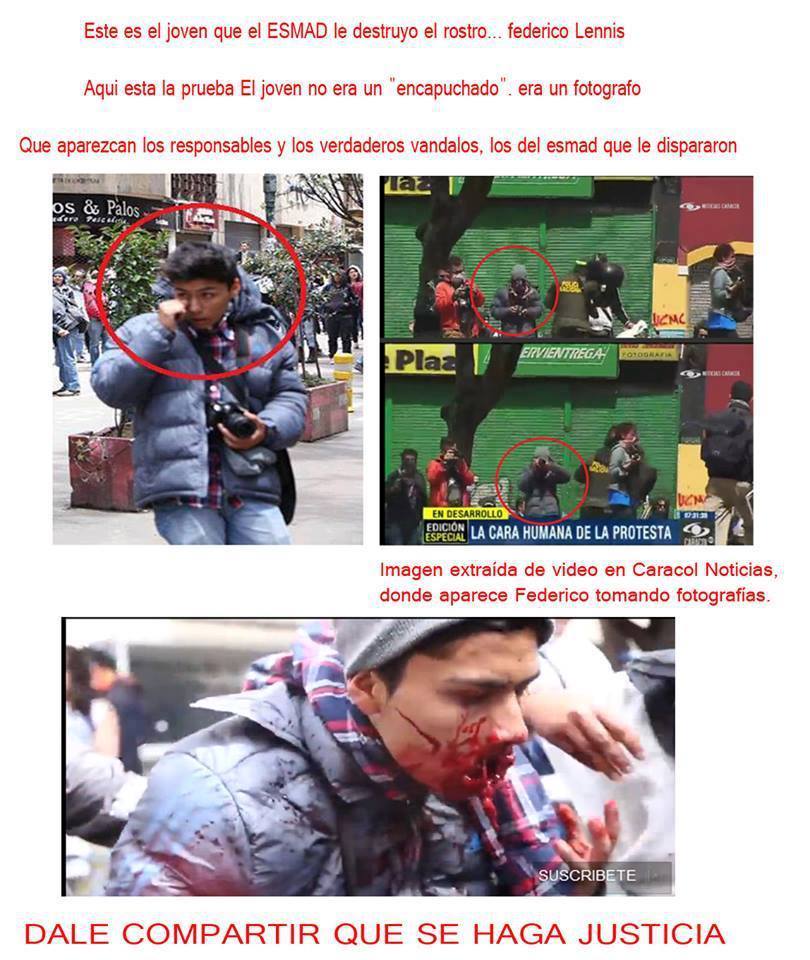

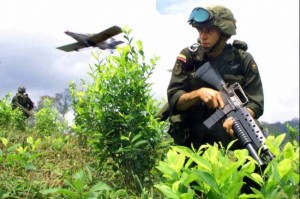 Hoy en Chekhov’s Kalashnikov vamos a hablar con Luis Xavier Solis Tenesaca cuyo trabajo es proteger y defender a algunas de personas más vulnerables y olvidadas del mundo – refugiados que han huido de la guerra civil Colombiana en busca de asilo en la Amazonía Ecuatoriana.
Hoy en Chekhov’s Kalashnikov vamos a hablar con Luis Xavier Solis Tenesaca cuyo trabajo es proteger y defender a algunas de personas más vulnerables y olvidadas del mundo – refugiados que han huido de la guerra civil Colombiana en busca de asilo en la Amazonía Ecuatoriana.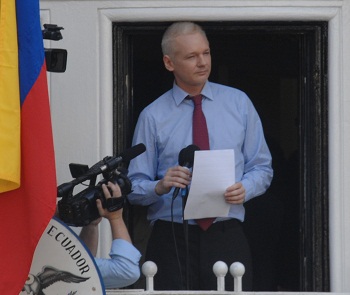
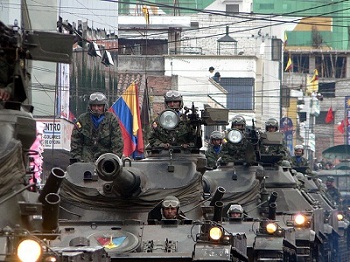
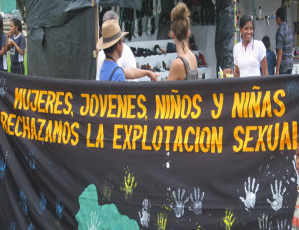
 Chekhov: quiero preguntarte de los grupos armados: paracos, militares, FARC, cuáles están causando más violaciones contra los derechos humanos?
Chekhov: quiero preguntarte de los grupos armados: paracos, militares, FARC, cuáles están causando más violaciones contra los derechos humanos?